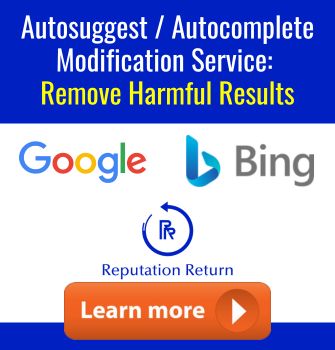Whether you are building a business brand strategy or a personal brand strategy, your brand increases in effectively conveying and promoting your value proposition if you take the time to understand, measure, and assess it regularly. The initial work of developing and strategizing the deployment of a brand can’t be the end of this work. Just like a business plan or professional goals, a brand thrives with attention, measurement, and recalibration as needed. Here are five essential steps to being intentional and self-reflective about branding.
1. Do a 360° Brand Assessment
When was the last time you took a deep dive into your brand? This includes looking at
· Google — where do you show up? Do you appear under the right keywords?
· LinkedIn — review your page, but also run a search to see where you show up
· Website — scan your site for brand markers. Do they reflect the current brand goals?
· Talent attraction — where can talent find you, and what is the message being conveyed?
This exercise can reveal important information that you can use to emphasize, adjust, or otherwise tweak your brand to reflect your actual goals.
2. Brand Measurement
The point of intentional branding is to take control of your business and/or your career. Develop metrics to determine whether your brand is doing its job. For example, look at conversion rates at every step of the sales funnel, from initial contact to closed sales. How does your brand appear in each of these phases, and which phases have the greatest or least return? For a personal brand, look at engagement with your posts. Are you getting comments, likes, and shares? What content is getting the most or least traction? Do different channels work better based on where your audience is?
3. Stakeholder Feedback
Your brand is both a unified whole and various moving parts. Take Zappos, which has built its brand on customer service and employee satisfaction. These messages bear review from the target audience. It’s important to review how you want the brand to show up for these stakeholders and test your goals against reality. Consider conducting focus groups and surveys to check in with your stakeholders to assure that the brand is on track in each critical context.
4. Call to Action
A good brand motivates people to engage. A good brand connects with target audiences through affinity, attraction, and inspiration. However, many touchpoints for a brand are brief, and they need to maximize their impact with an effective call to action. When reviewing your brand, ask yourself if it includes a CTA. These can be specific asks like links to another touchpoint, or they can be part of the brand (e.g. “buy with confidence”). When formulating an effective CTA, good questions are whether they are aligned with your brand, marketing, and recruitment goals.
5. Setting Brand Goals
For your personal and business brand to stay on track, you can develop 2–3 goals for the year around awareness, message, penetration, or other key factors to a successful brand. You can set up strategies for each goal and then build out tactics or campaigns to achieve the goals. For each initiative, try to develop a unit of measurement to test success. Milestones are a useful way to keep accountable to the brand goals because they allow incremental progress and give you additional tools to measure success. Download the Brand Strategy Worksheet for your brand here.
Jen Dalton is a personal brand specialist with entrepreneurship in her DNA. Her book, Listen: How To Embrace the Difficult Conversations Life Throws at You, is an insightful guide to navigating tough talks. She helps business owners and executives define how they show up as leaders, make the most of their strengths, and tend to their legacy, growth, and visibility. The author of two books, including The Intentional Entrepreneur, a frequent speaker, podcaster, and “Purpose Sherpa,” Jen is a critical resource for any person or company that wants to define their brand and differentiate themselves in authentic, credible, and relevant ways to the market. brandmirror.com















